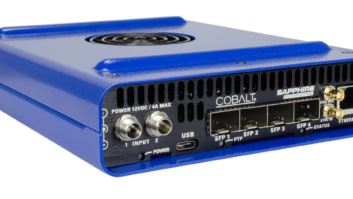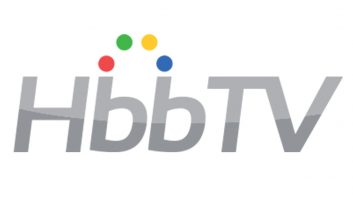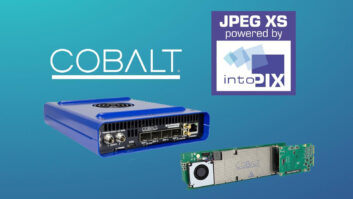Digital Rapids is now shipping the Digital Rapids AVC Encoder, an optional encoding module for Digital Rapids’ StreamZ, StreamZHD and DRC-Stream media encoding products and Stream Transcode Manager distributed transcoding system.
Supporting the encoding of AVC content for playback on consumer electronics devices, the Digital Rapids AVC Encoder is powered by Nero Digital technology – co-developed by Nero and ATEME – and expands the existing MPEG-4 and AVC/H.264 support in the Digital Rapids Stream product family. It provides superior visual quality and significantly increased encoding speeds, including realtime encoding at maximum quality from live standard definition sources and faster than realtime transcoding from files. Supporting Baseline and Main AVC/H.264 profiles, Simple and Advanced Simple MPEG-4 Part 2 profiles, and AAC and High-Efficiency AAC audio, the encoder further enhances the Stream family’s strengths in creating content files for platforms ranging from PCs to mobile phones and personal video devices such as the Apple iPod.
“Nero provides open standards-based solutions to partners to bridge devices, platforms and proprietary systems to ensure interoperability and longevity for consumer electronics devices”, said Tim Windsor, general manager, Nero Digital, Nero AG. “We appreciate the third-party vendor support and Digital Rapids’ commitment to deliver such solutions to professionals creating content for these devices.”
To guarantee interoperability with next generation consumer electronics devices, Nero is launching AVC device playback certification at CES 2007.
“The new Digital Rapids AVC Encoder, combined with our upcoming studio-level AVC options for professional applications, such as VoD and IPTV, based on technology from ATEME, gives us a comprehensive suite of MPEG-4 and AVC/H.264 encoding capabilities for any level of application,” said Brick Eksten, president of Digital Rapids Corporation. “The high quality and exceptional performance of the Digital Rapids AVC Encoder enhances our customers’ productivity and deliverables when targeting the new generation of delivery devices.”







